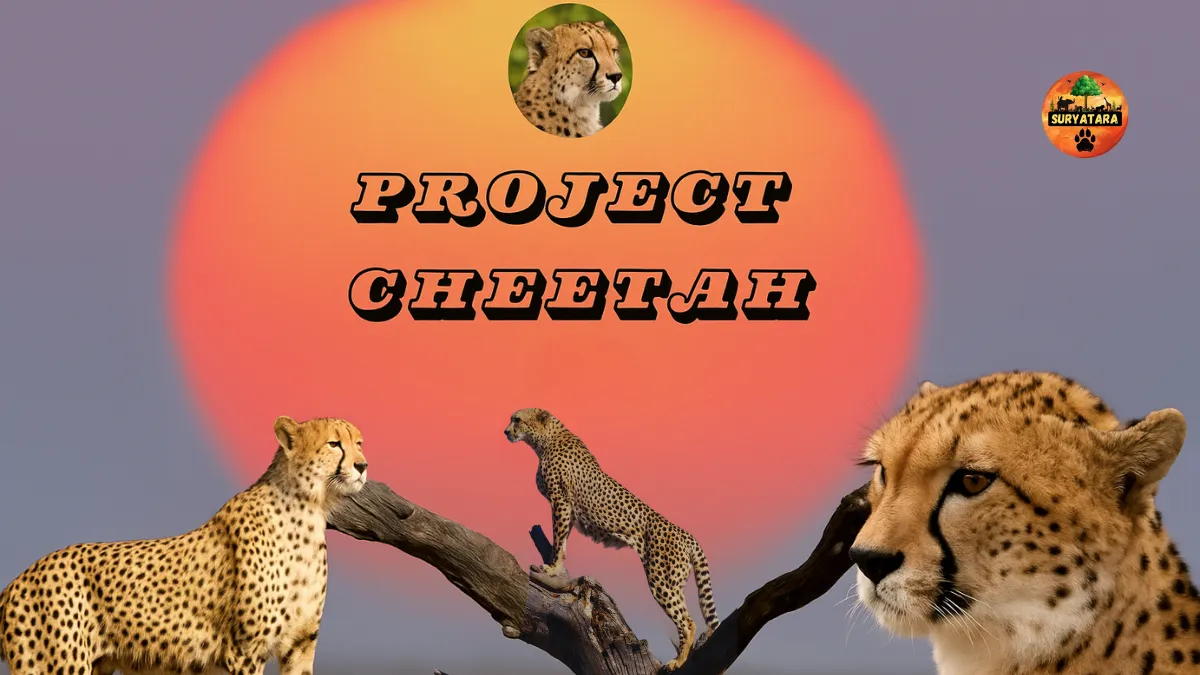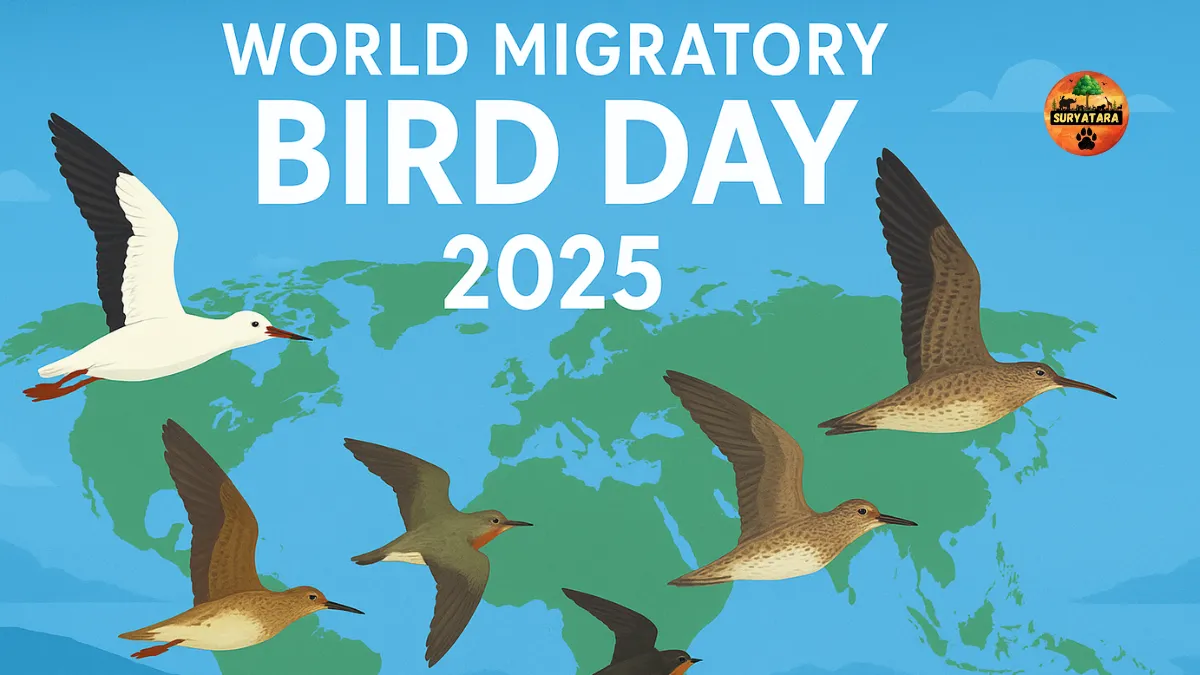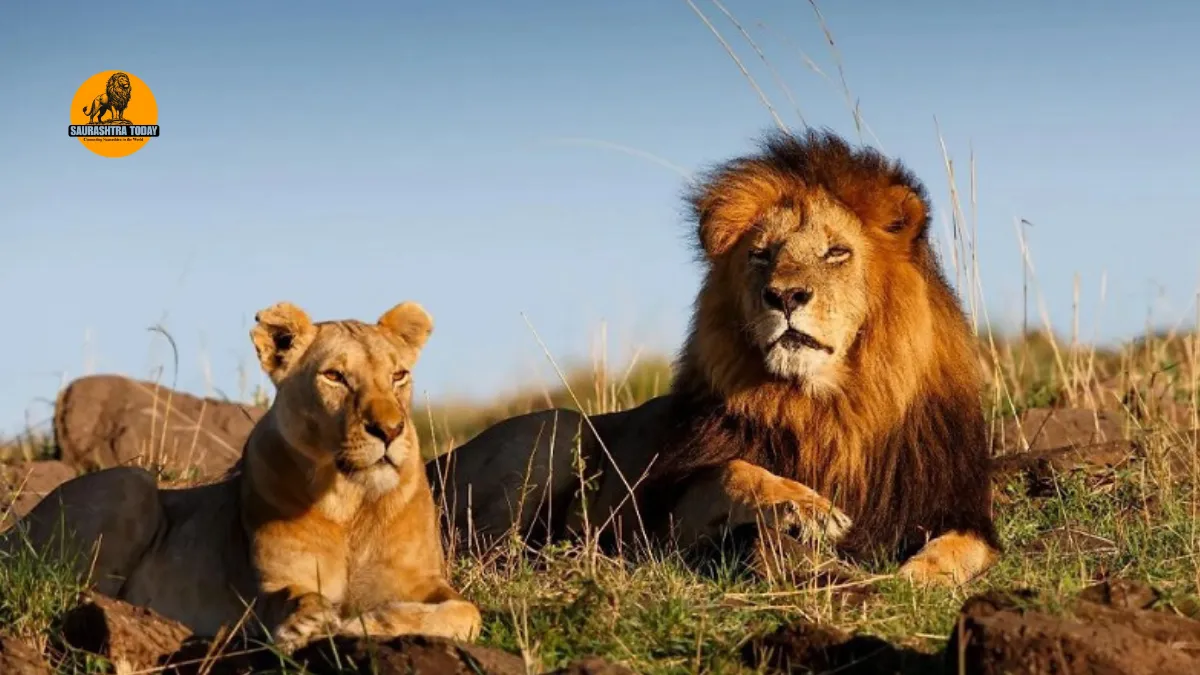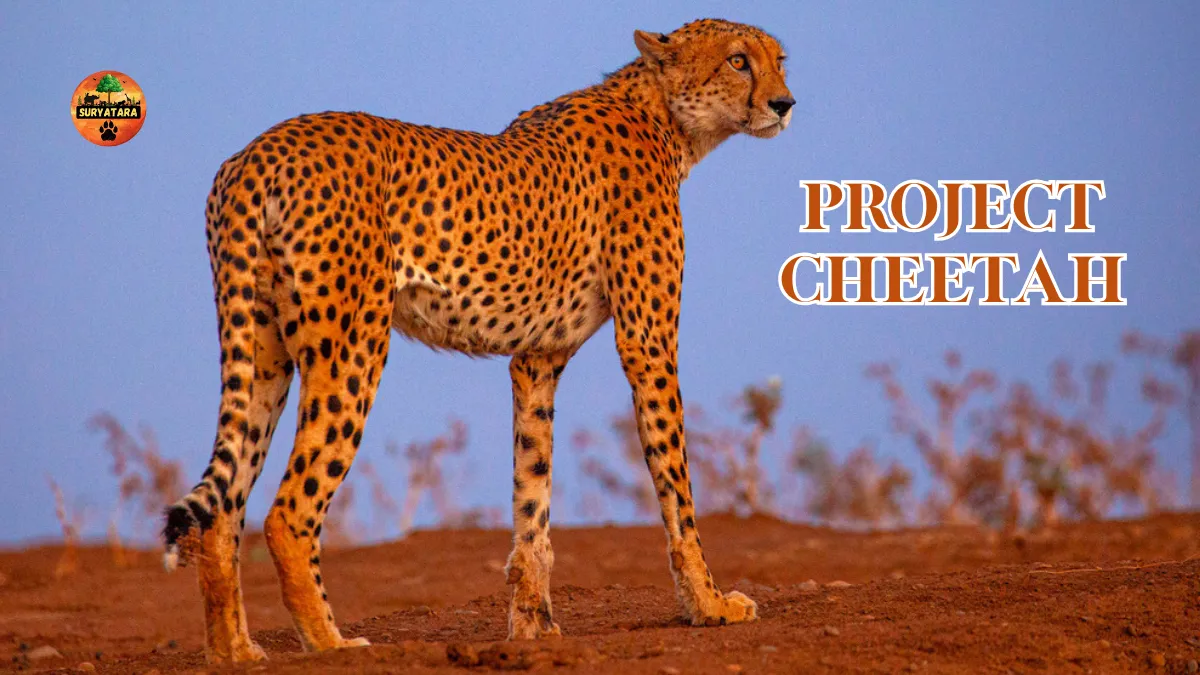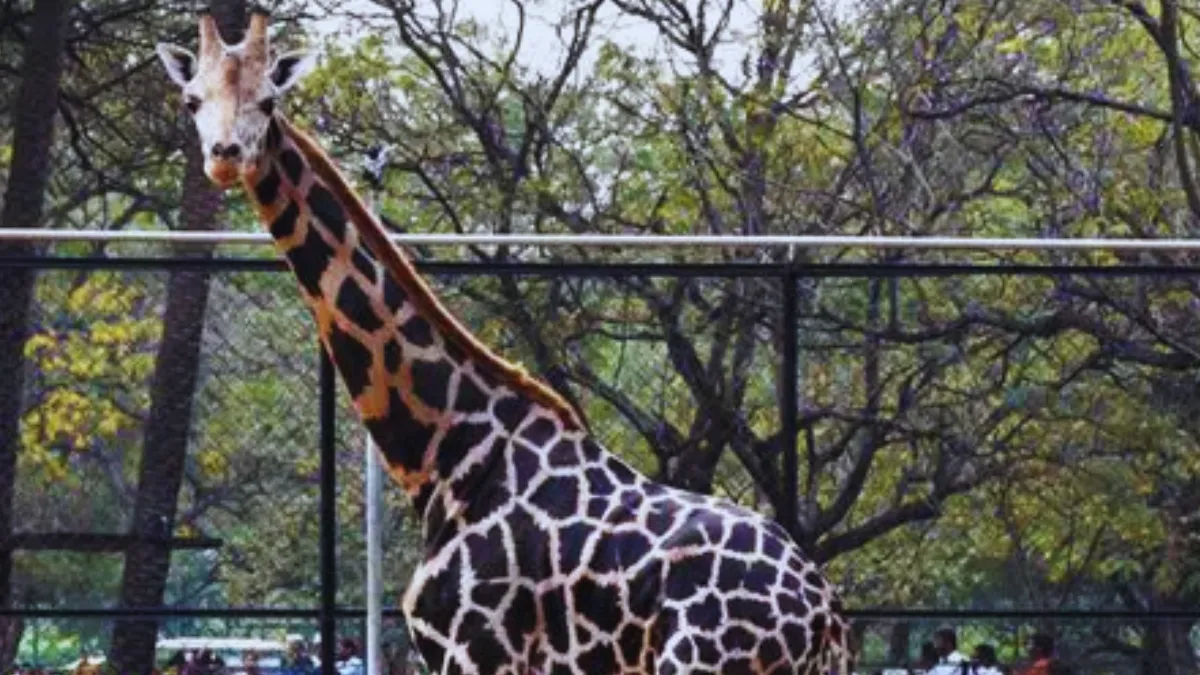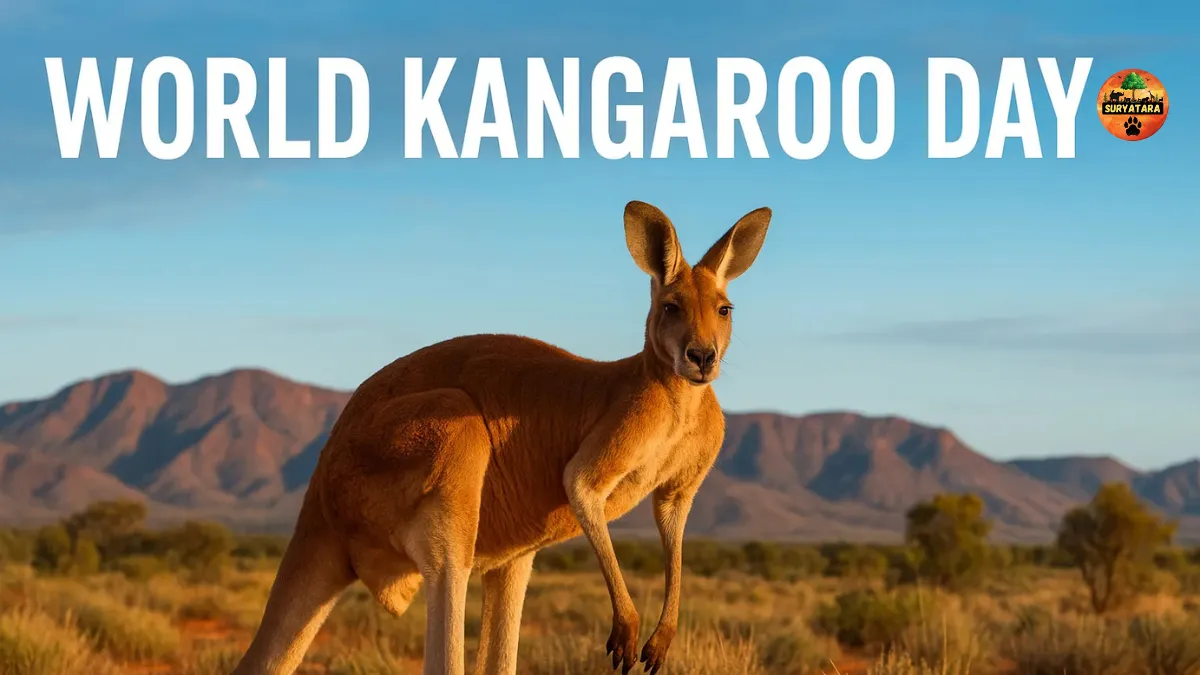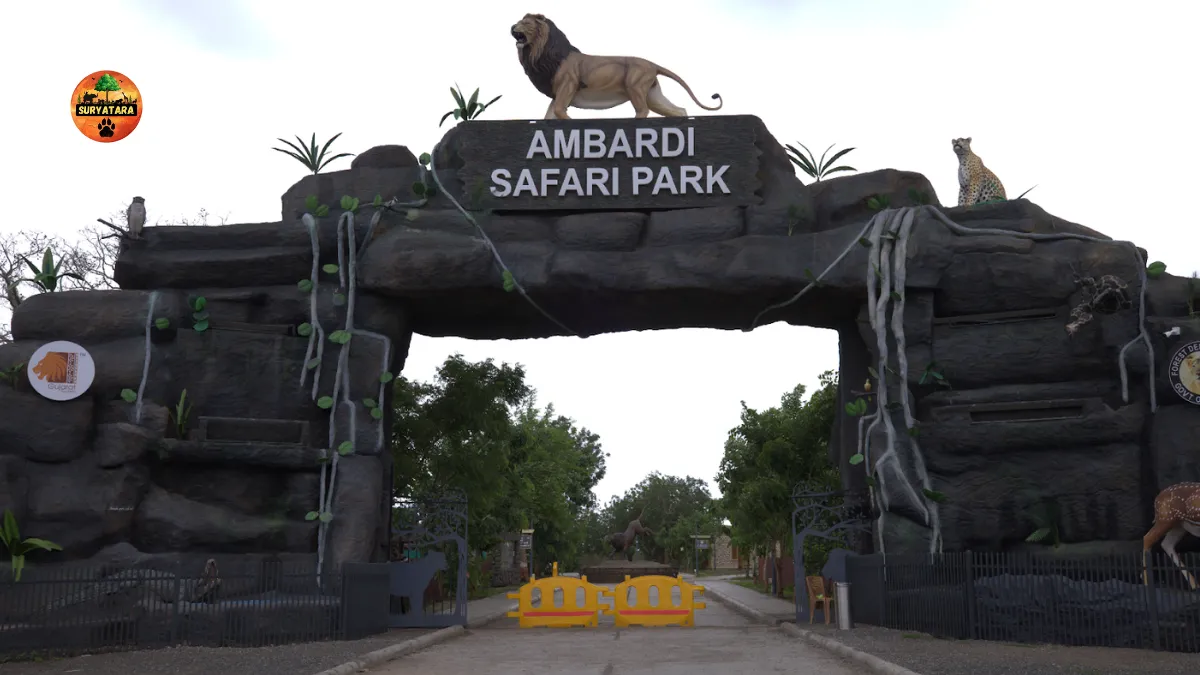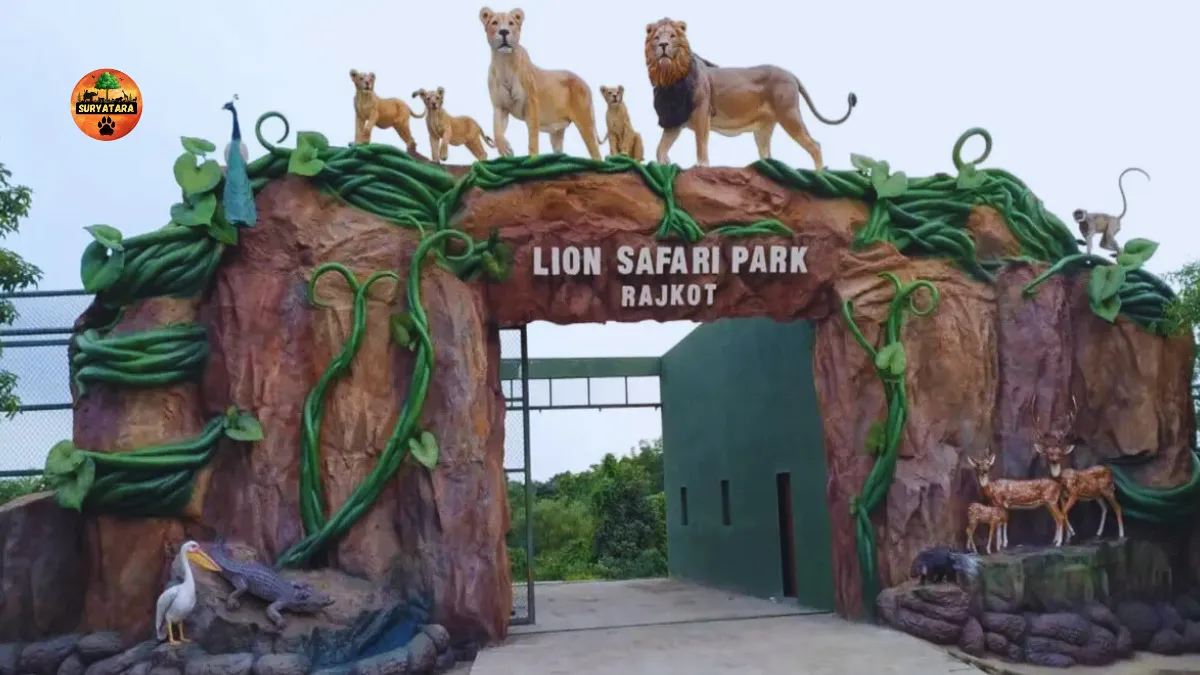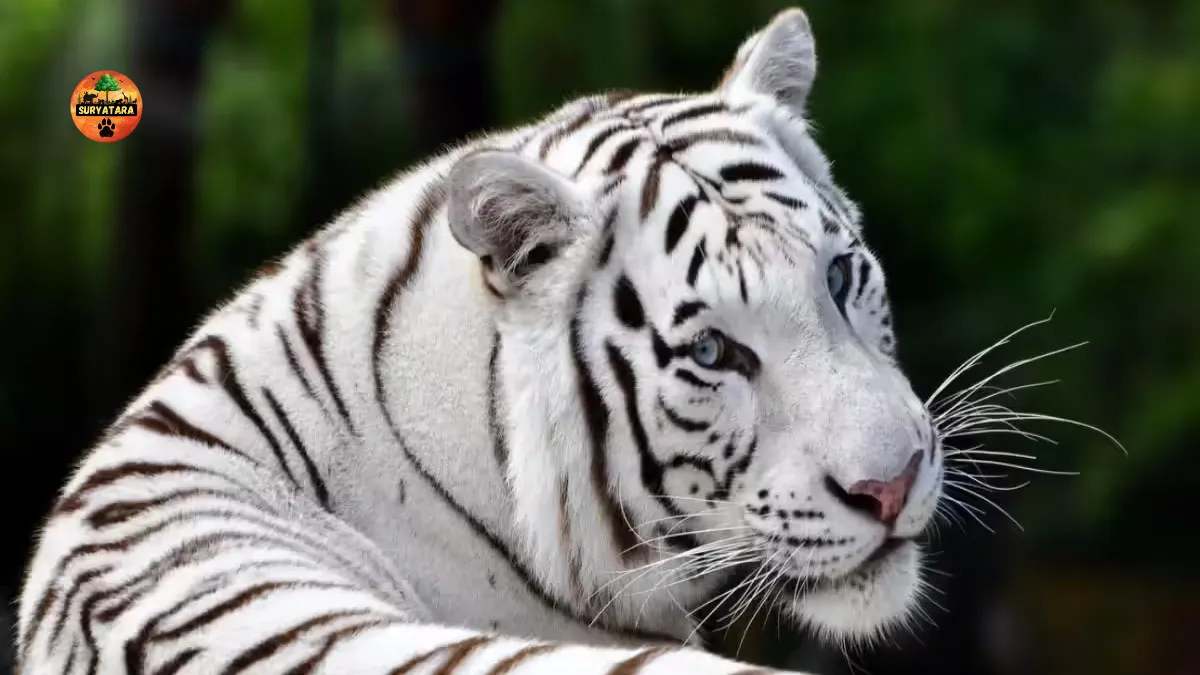What is Project cheetah?
Project cheetah is India’s ambitious wildlife conservation initiative aimed at reintroducing the extinct cheetah back into the Indian ecosystem. It marks the world’s first intercontinental large carnivore translocation project, showcasing a major step in biodiversity restoration. Spearheaded by the Indian government, this unique project is a symbol of hope for species conservation, ecosystem balance, and ecological heritage.
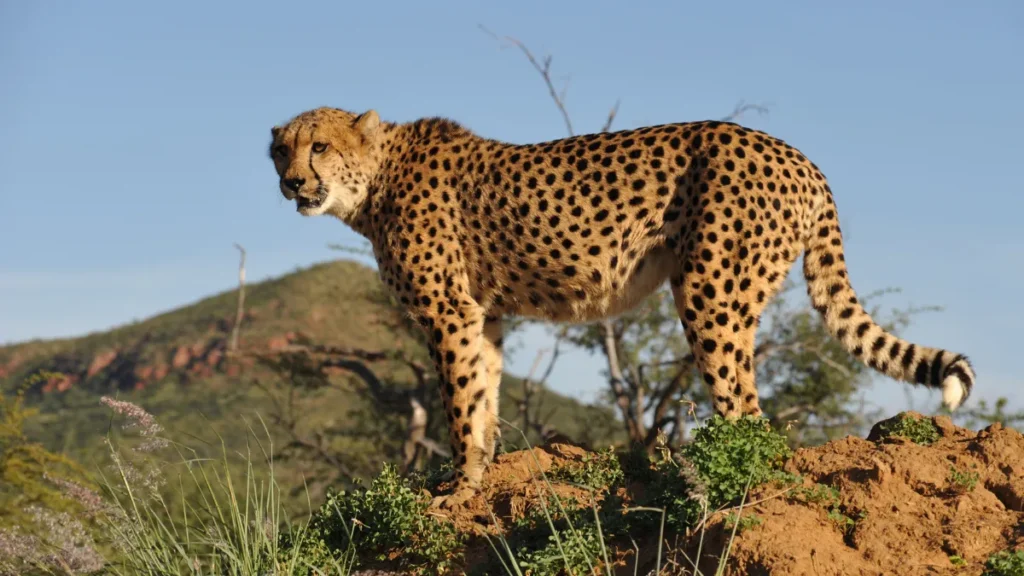
Background: Why Did India Need Project cheetah?
Cheetahs were officially declared extinct in India in 1952, mainly due to habitat loss, poaching, and lack of prey. The last spotted cheetah in the country was seen in the Koriya district of present-day Chhattisgarh in 1947. Recognizing the ecological void left by this extinction, India took a pioneering decision to bring back the species to its natural habitat.
Project cheetah was conceptualized as a science-based and conservation-driven solution to restore the ecological role of cheetahs in the wild.
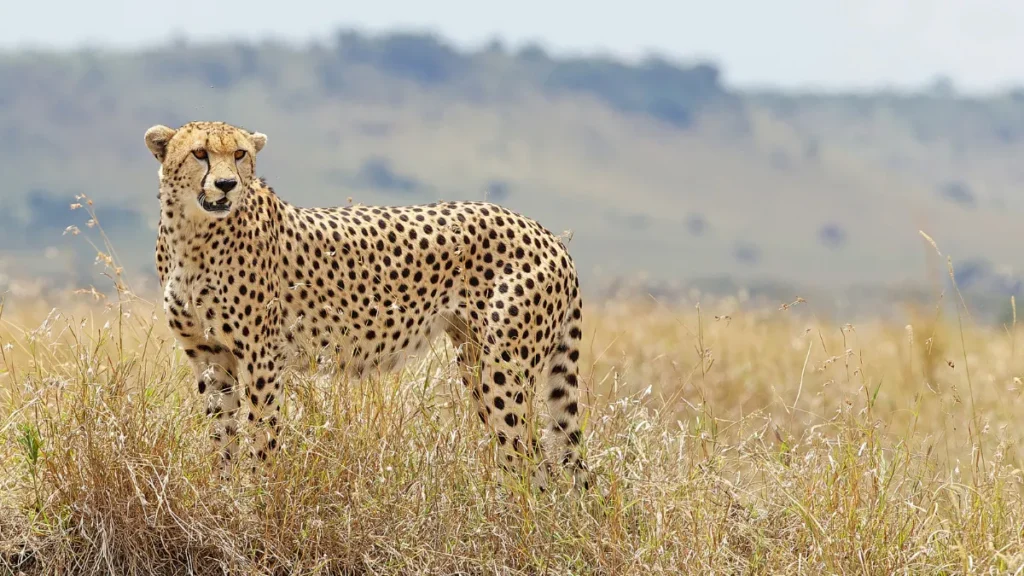
The Core Objectives of Project cheetah
One of the most asked questions—What is Project cheetah really trying to achieve? The answer lies in its well-defined objectives:
- Re-establish a viable population of cheetahs in India
- Restore open forest and grassland ecosystems
- Enhance local biodiversity and ecological resilience
- Promote eco-tourism and create conservation-based livelihoods
- Conduct scientific monitoring and research on cheetah behavior and habitat adaptation
Launch of Project cheetah: When and Where?
Project cheetah was officially launched on 17th September 2022 by Indian Prime Minister Narendra Modi. The event marked the release of the first group of cheetahs from Namibia into Kuno National Park, located in Madhya Pradesh.
The selection of Kuno was based on various ecological studies and its suitability in terms of prey base, habitat type, and minimal human interference.
Table: Key Details of Project cheetah
| Feature | Details |
|---|---|
| Project Name | Project cheetah |
| Launch Date | 17th September 2022 |
| Initiating Agency | Ministry of Environment, Forest and Climate Change (MoEFCC), Govt. of India |
| Partner Countries | Namibia and South Africa |
| Initial Cheetah Count | 8 cheetahs from Namibia (5 males, 3 females) |
| Primary Location | Kuno National Park, Madhya Pradesh |
| Long-Term Goal | Establish 35–40 cheetahs in multiple protected areas |
| Significance | First intercontinental big cat translocation project |
| Primary Funding | Central Government and Wildlife Institute of India |
How Are the Cheetahs Being Monitored?
Once released into the wild, each cheetah is fitted with GPS-radio collars, enabling real-time monitoring by wildlife officials and researchers. The animals undergo a soft release process, allowing them time to adapt to the new environment before full freedom is granted. Experts track their movements, prey behavior, health status, and overall integration into the ecosystem.
This scientific approach ensures that the animals are safe and that conservation efforts are data-driven.
Challenges Faced by Project cheetah
No conservation project is without hurdles, and Project cheetah is no exception. Some of the main challenges include:
- Climate and habitat differences: African cheetahs are adapted to different climates and prey species than what’s available in India.
- Human-wildlife conflict: Although Kuno National Park has low human interference, future expansions could cause clashes.
- Breeding success: One of the critical measures of success will be the cheetahs’ ability to reproduce in the wild.
- Prey availability: Ensuring a robust prey base is essential for the sustainability of the cheetah population.
The Global Importance of Project cheetah
Project cheetah goes beyond national boundaries—it sends a global message that rewilding extinct species is possible through vision, collaboration, and scientific planning. The project sets a precedent for other nations to consider reintroduction of extinct native species as a viable conservation strategy.
Moreover, it brings India into the global spotlight for innovative and large-scale wildlife projects, contributing to international biodiversity goals.
Also read: Project Cheetah: कच्छ के बन्नी घास के मैदान में चीतों के स्वागत की तैयारी पूरी
Project cheetah and Eco-Tourism
The reintroduction of cheetahs is expected to boost eco-tourism in Madhya Pradesh and surrounding states. As wildlife enthusiasts, researchers, and tourists flock to see the majestic animals, the initiative could help generate jobs and support local economies—making conservation a win-win for nature and people.
Conclusion
So, what is Project cheetah in essence? It is more than just a rewilding effort; it is a celebration of India’s renewed commitment to restoring its lost biodiversity. With its scientific approach, international collaboration, and long-term ecological vision, Project cheetah stands as a model of modern conservation.
As the cheetahs begin to explore their new home in the heart of India, the world watches with anticipation and hope—a hope that extinct species can walk the wilds again and that humanity still has the will to reverse the damage it once caused.
